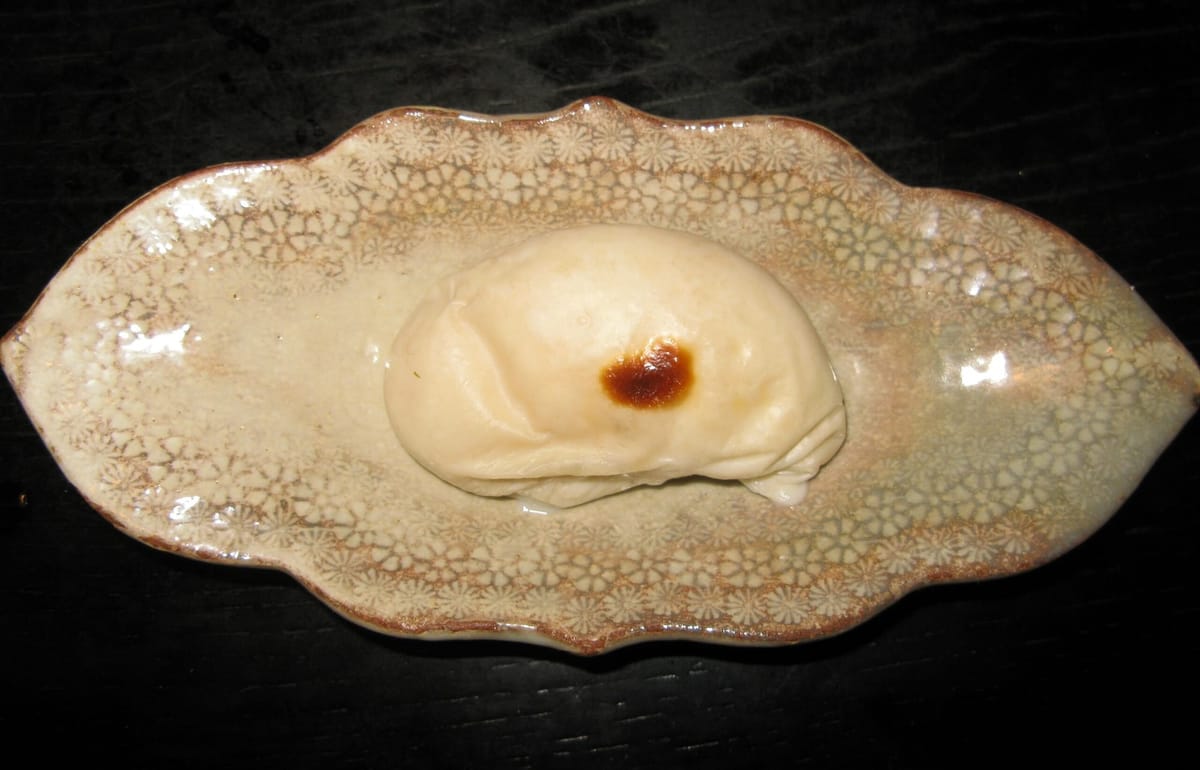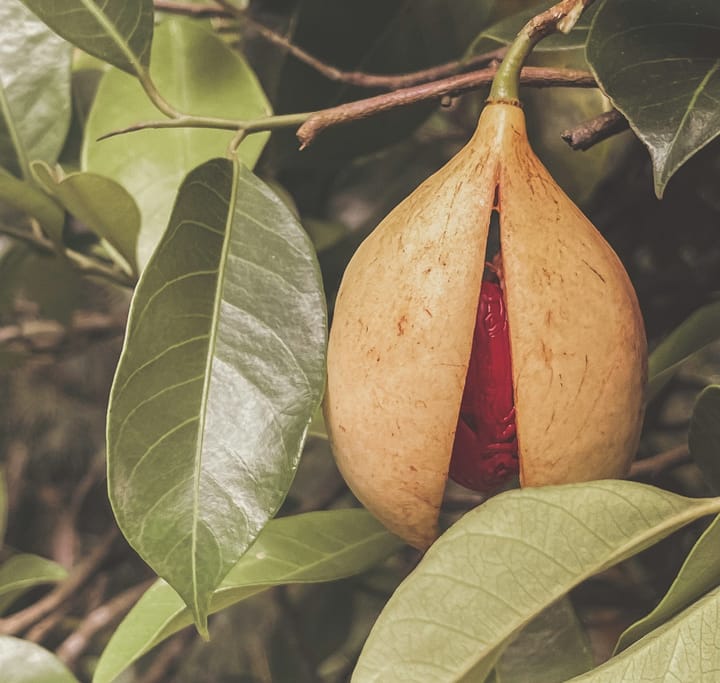Shirako: Japan's Luxurious Fish Sperm Sac Delicacy
Revered in Japanese cuisine, shirako, the milt or sperm sacs of male fish, is a seasonal treat often enjoyed in gourmet preparations, embodying the elegance and exclusivity of Japan's culinary traditions.

Shirako, which translates to "white children" in Japanese, is the name given to the testes of male fish when used as a culinary ingredient.
While it may seem unconventional to some, shirako is revered in Japanese cuisine for its creamy texture, delicate flavor, and high nutritional value.
Often considered a luxury and exotic delicacy, shirako is a seasonal treat enjoyed in various gourmet preparations.
What is Shirako?
Shirako (白子), a distinct and highly regarded Japanese delicacy, refers to the milt or sperm sacs of male fish, commonly sourced from species like cod, pufferfish , or anglerfish.
The word "shirako" translates to "white children" in Japanese, a poetic nod to its pale, smooth appearance.
Celebrated for its luxuriously silky texture and subtle, buttery flavor, shirako is a true representation of Japan’s culinary philosophy, which emphasizes respect for nature and the art of using every part of an ingredient.
Typically enjoyed during the winter months, when the milt is at its peak freshness, shirako is prepared in various ways, including steaming, grilling , or serving raw as sashimi. Its delicate taste and creamy consistency have made it a cherished seasonal treat with deep cultural and gastronomic significance.
History
The exact origin of shirako as a delicacy in Japanese cuisine is not well-documented, but it likely gained popularity during the Edo period (1603–1868).
This era marked a significant evolution in Japanese culinary arts, with an emphasis on regional specialties and seasonal delicacies.
Shirako, being a winter ingredient, was especially cherished during this time, aligning with the seasonal dining traditions of the period.
Its association with kaiseki cuisine and refined dining likely solidified during the Meiji period (1868–1912), as Japan embraced both traditional and modern culinary influences.
Shirako vs. Mako: The Gendered Distinction
While shirako refers to the male fish's testes, the female counterpart—fish roe or ovary—is called mako (真子).
Shirako is celebrated for its silky, custard-like texture and delicate flavor, often likened to a creamy, oceanic mousse.
Its unique consistency makes it ideal for various preparations, such as being served raw with ponzu sauce, lightly grilled for a smoky essence, or tempura-fried for a crispy exterior and creamy interior.
Shirako is particularly prized during the winter months, as colder temperatures ensure its peak freshness and quality.
On the other hand, mako offers a contrasting experience. The female fish's roe is firm, slightly grainy, and packed with rich, briny flavors, making it a favorite for sushi, sashimi, or marinated dishes.
Mako is versatile, often paired with rice in sushi or processed into delicacies like tarako (salted cod roe) or mentaiko (spicy marinated roe), popular in both traditional and modern Japanese cuisine.
The Seven Major Shirako Varieties
Among the many types of fish shirako, the following are considered the most esteemed:
- Blackhead Seabream (Kurodai)
- Pufferfish (Fugu)
- Mackerel (Saba)
- Sweetfish (Ayu)
- Red Seabream (Tai)
- Pacific Cod (Madara)
- Chum Salmon (Sake)
Each variety offers a distinct flavor and texture, but the shirako of Pacific cod and Japanese pufferfish (Torafugu) are particularly celebrated for their premium quality.
Culinary Preparations
Shirako’s versatility allows it to shine in a wide range of dishes, from traditional Japanese cuisine to modern interpretations. Common preparations include:
- Tofu-like Consistency: Shirako is sometimes steamed or poached to emphasize its soft, creamy texture.
- Tempura: Deep-frying creates a crispy exterior while retaining the creamy interior.
- Grilled or Steak Style: Lightly grilled shirako develops a smoky flavor while maintaining its rich creaminess.
- Nigiri and Gunkan-Maki: Served atop sushi rice or wrapped in seaweed, shirako offers a delightful contrast of textures and flavors.
- Shirako Sake: Ground shirako is added to sake, creating a rich, umami-packed beverage.
- Ponzu Dressing: Fresh shirako is often boiled and paired with tangy ponzu sauce for a refreshing dish known as shirakoponzu.
Nutritional Highlights
Shirako is more than just a delicacy; it’s a powerhouse of nutrients. Rich in protein, vitamins D, E, B1, and B2, as well as phosphorus and potassium, it’s low in calories and high in health benefits.
For food enthusiasts prioritizing both flavor and wellness, shirako makes a compelling choice.
Regional and Seasonal Significance
Shirako is a highly seasonal delicacy, with its peak availability occurring during winter months, just before the fish’s spawning season.
For instance, Torafugu shirako—considered the “jewel of the sea”—is most prized from January to March. Regional names for shirako also reflect its culinary prominence:
- In Hokkaido, Pacific cod shirako is called "Tachi" and its premium variant, "Matachi," is especially valued.
- In Kyoto, the same ingredient is known as "Kumoko," symbolizing its cloud-like texture.
The Prestige of Pufferfish Shirako
Torafugu shirako, derived from the Japanese tiger pufferfish, is considered the pinnacle of shirako.
Due to the limited quantity available from each fish and the strict regulations surrounding pufferfish handling—a result of its potentially poisonous organs—this delicacy is rare and commands a high price.
Its creamy, umami-rich flavor is often likened to foie gras, making it a must-try for adventurous gourmands.
A Word of Caution
Given the potential toxicity of some pufferfish parts, it is crucial to consume shirako from licensed restaurants specializing in pufferfish or trusted sushi establishments. This ensures both safety and authenticity.
Why Shirako Deserves a Spot on Your Culinary Bucket List
For those who enjoy luxurious, creamy textures and bold flavors, shirako offers an unforgettable dining experience.
Its rarity, cultural significance, and unique taste profile make it one of Japan’s most exotic delicacies.
Whether enjoyed grilled, in sushi, or paired with sake, shirako is a testament to the culinary artistry and ingenuity of Japanese cuisine.
If you’re a fan of foie gras, uni, or other indulgent delicacies, shirako is a must-try for your next culinary adventure.


